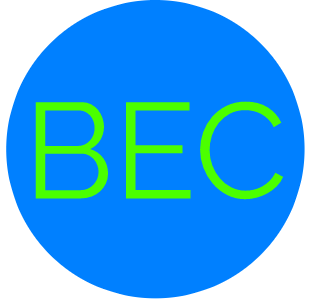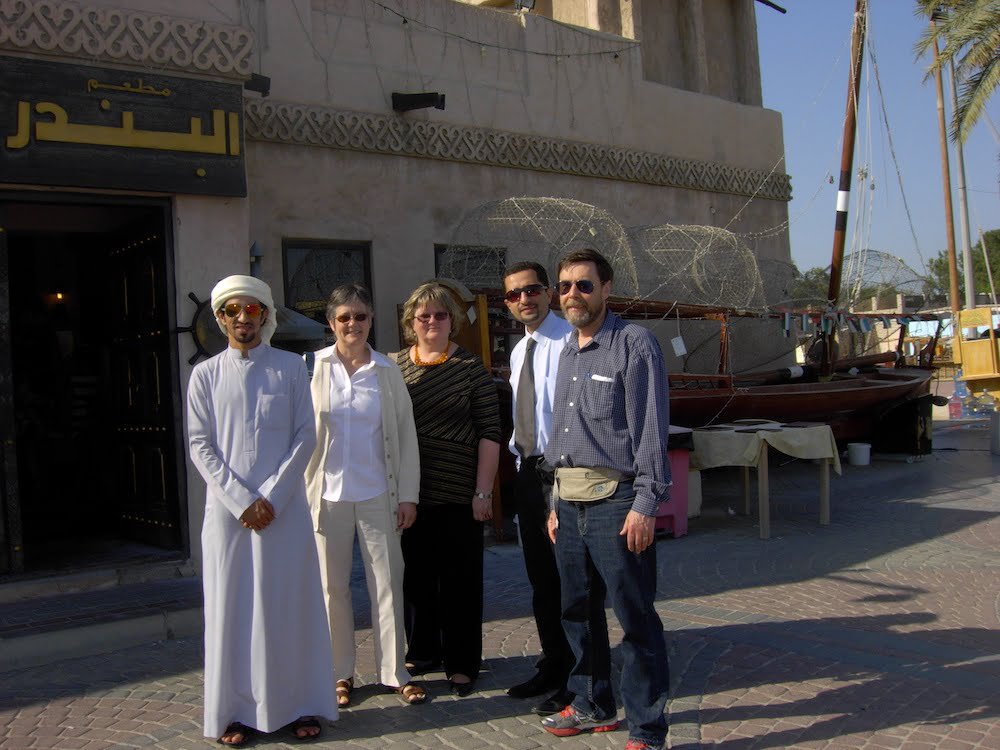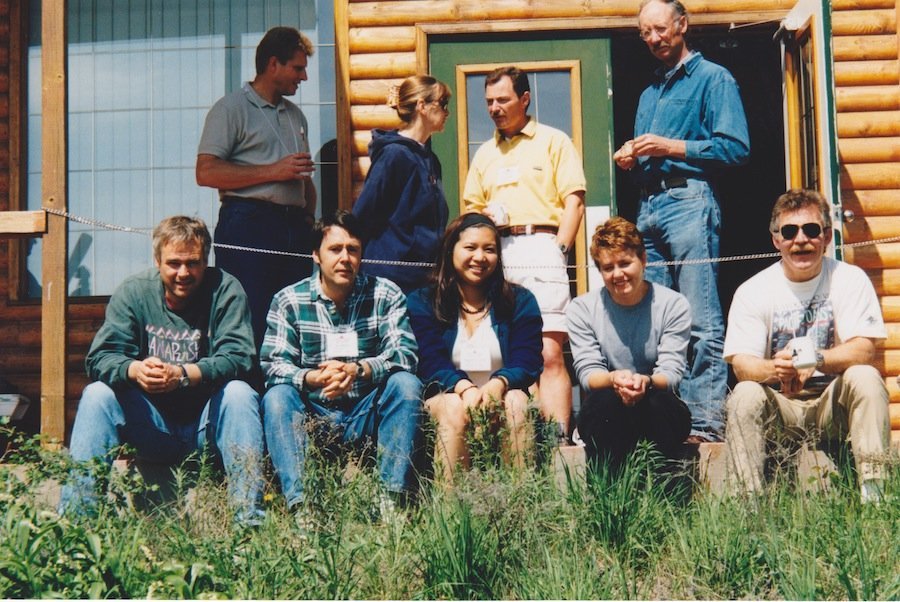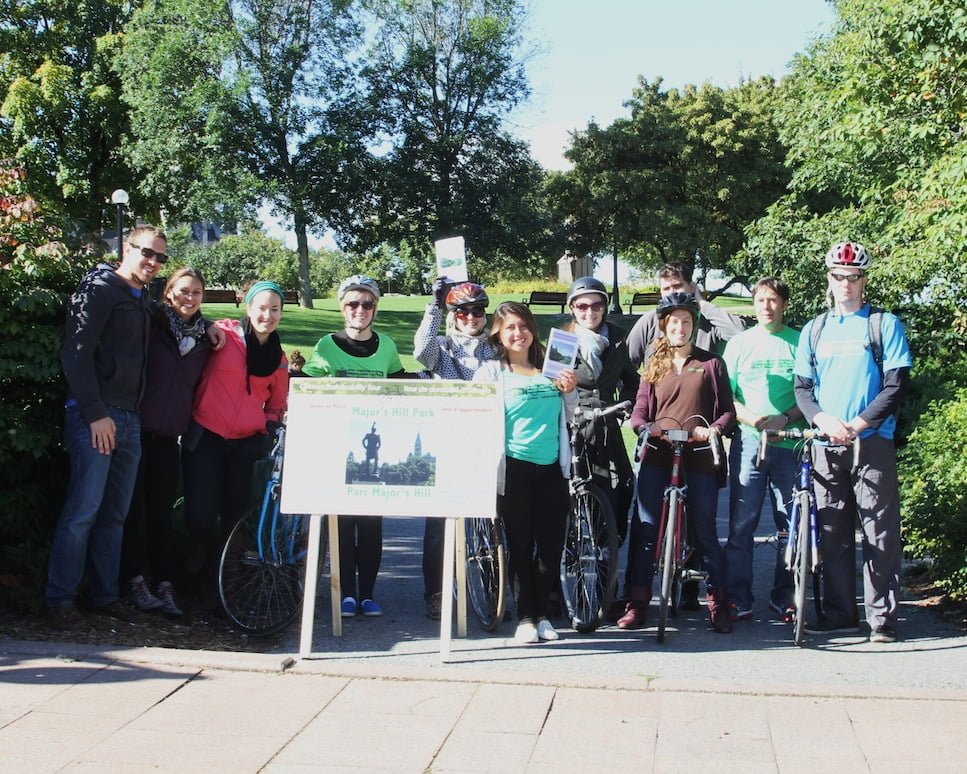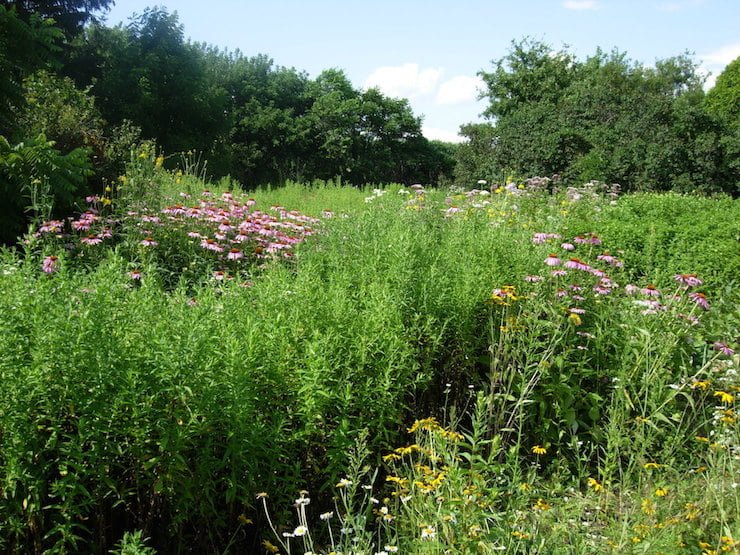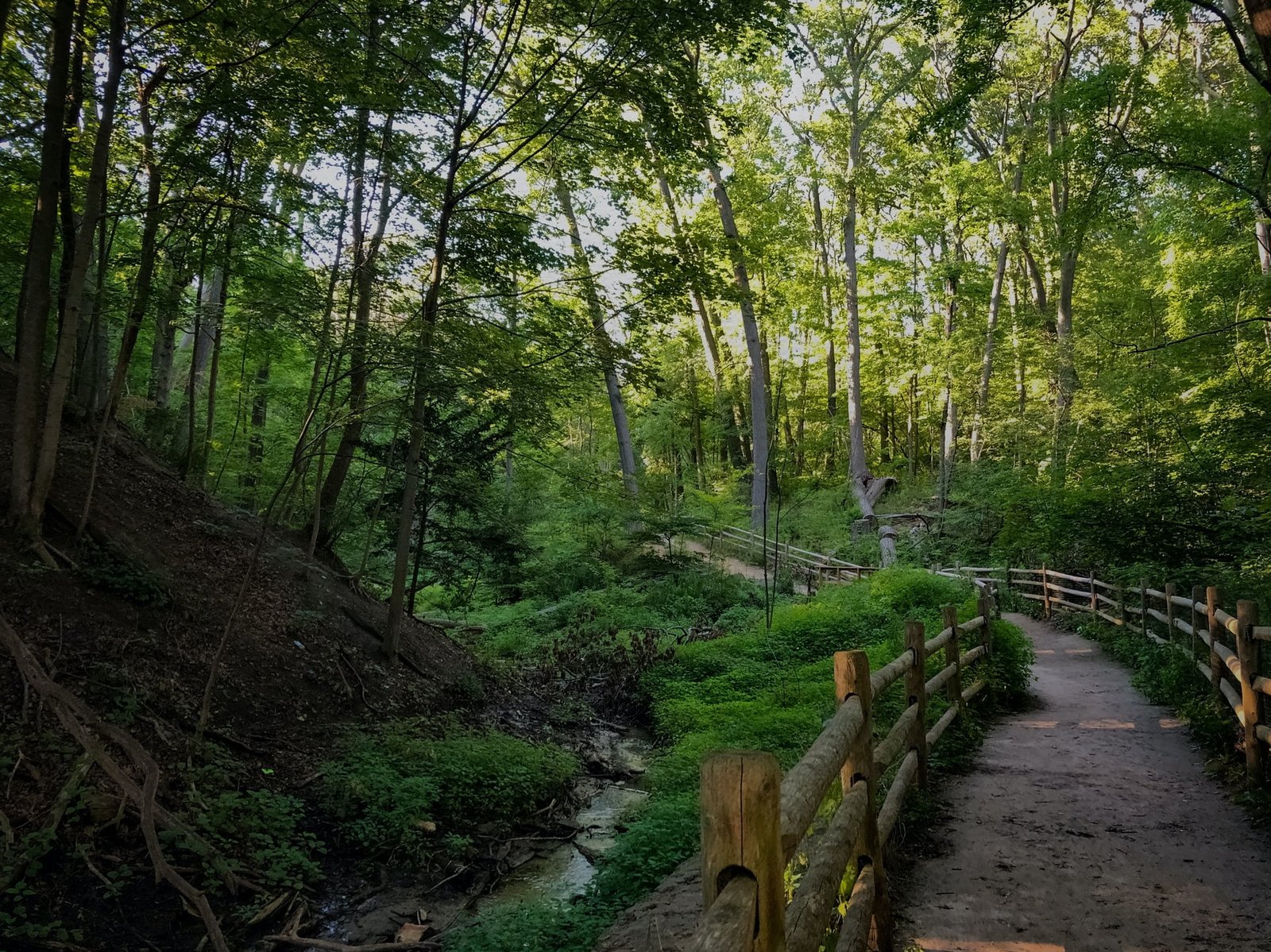The Biosphere Eco-City (BEC) model was developed for use in any city using human capital – the energy and ideas of people. It applies simple Themes and Tools, engaging people to create a culture of sustainability.
Themes are the action areas for sustainability
BEC Themes, represent all areas of direct action for sustainability i.e.: Transportation, Energy, Design, Habitat, Food, Natural Capital, Waste, Health, Recreation and Sense of Place.
Because Themes are concrete, anyone can understand them. And they bring together people with shared interests, for discussion and action.

Tools engage people in sustainability

BEC’s Tools engage people in sustainability. All support understanding, involvement, innovation and sharing. And all Tools use Themes to ensure every interest is covered in discussion and activities.
Tools can support each other. For example, a Theme Workshop can explore issues to address in the Sustainability Stakeholders Council. The council may initiate a Demonstration Project. Or a council member may design a Sustainability Plan. Then the school or community creating that plan may use the Database of Sustainability Projects for ideas.
Themes, Tools and Processes make activities more successful
BEC Processes use human methods for more successful projects, e.g.:
- Science can improve project research and evaluation,
- Education can include schools in project delivery,
- Communication can increase public awareness & support, and
- Culture can focus on different groups for input and application.
Organizations may apply all or parts of the BEC model
Organizations in any city may apply all or part of the BEC model. They may seek advice, or handbooks (see “About”) through Contact page.
Processes make activities more successful
BEC Processes act indirectly on activities for sustainability, but can make those activities more successful. They are Science, Education, Communication and Culture.
Together these parts make up the BEC Model. Themes provide a focus for discussion and action through the Tools. Tools within the framework of the Themes engage people and create projects. Process provide support to increase the success of projects. All of these expand the culture of sustainability, and it in turn makes the Themes, Tools and Processes easier to apply.
Implementation of BEC can happen in any of a number of ways in a city. Through a pre-existing, new, or municipal organization; under a council of stakeholders; or in whatever way works best locally.

Please feel free to apply all or parts of the BEC model and request advice through this website
If your organization would like to apply all or part of the BEC model, please feel free to do so. You may also request advice, through this website, based on experience in Ottawa, Canada. We have free handbooks on some activities (see list on “About” page). Please send us information on your experience with the BEC approach. Also, when you develop a BEC initiative, we would be happy to post a link on this website.
Further information on BEC Model
|
PHOTO |
DESCRIPTION |
CAPTION |
|
Hero photo |
Park & cityscape |
ICLEI City on Pexels |
|
Picture 1 |
Pedestrians & cyclists |
Photo by J. Birtch |
|
Picture 2 |
Building with plants |
Photo by Chris Barbalis on Unsplash |
|
Picture 3 |
People at desk |
Photo by Canva Studio on Pexels |
|
Diagram of BEC Model |
Hands over desk |
Photo by Bongkarn Thanyakij on Pexels |
|
How to coord. a BEC |
People at the picnic table |
Photo by Dylan Gillis on Unsplash |
|
National Networking |
People sit & stand |
Canadian meeting. Photographer unknown |
|
Tools of engagement |
Blue shirts, plants |
Photo by Anna Earl on Unsplash |
|
International Networking |
People standing |
Colleagues from 5 countries. Photographer unknown |
|
Themes of Sustainability |
Field of flowers |
Butterfly garden. Photo by J. Birtch |
|
Functional vs Ecological Region |
Aerial of the city by the shoreline |
Photo by J. Birtch |
|
Processes for Sustainability |
Bicycles & sign |
Ottawa Sustainability Tour. Photographer unknown |
|
Zones of a BEC |
Path in woods |
Photo by Zen zeee on Unsplash |
